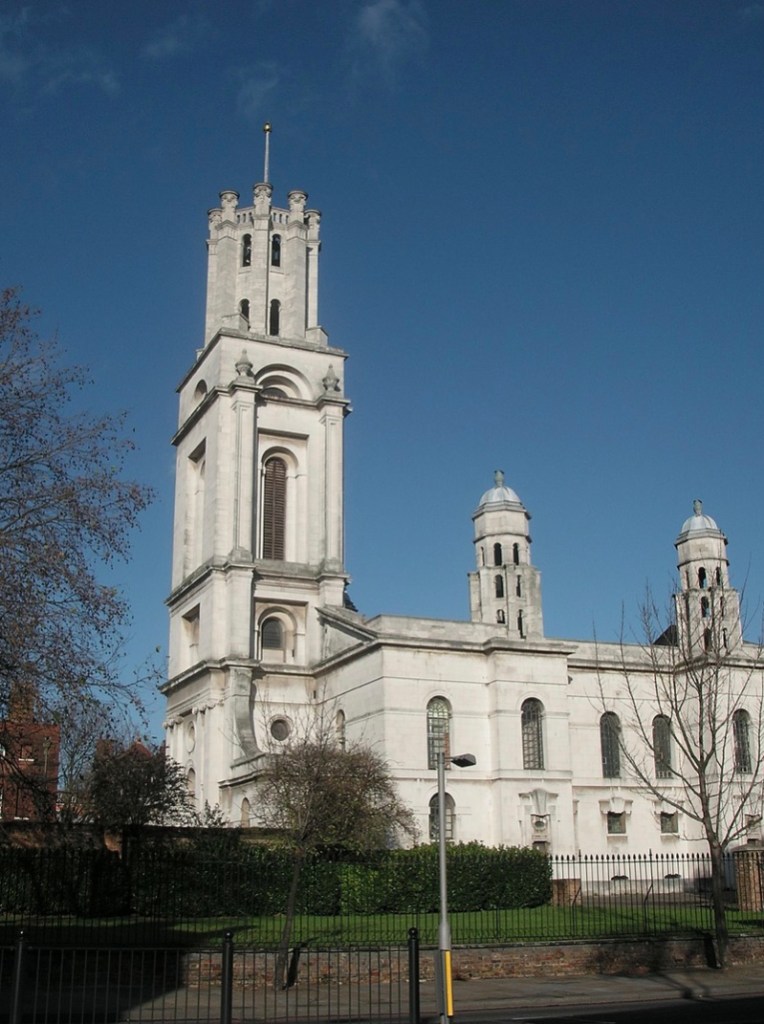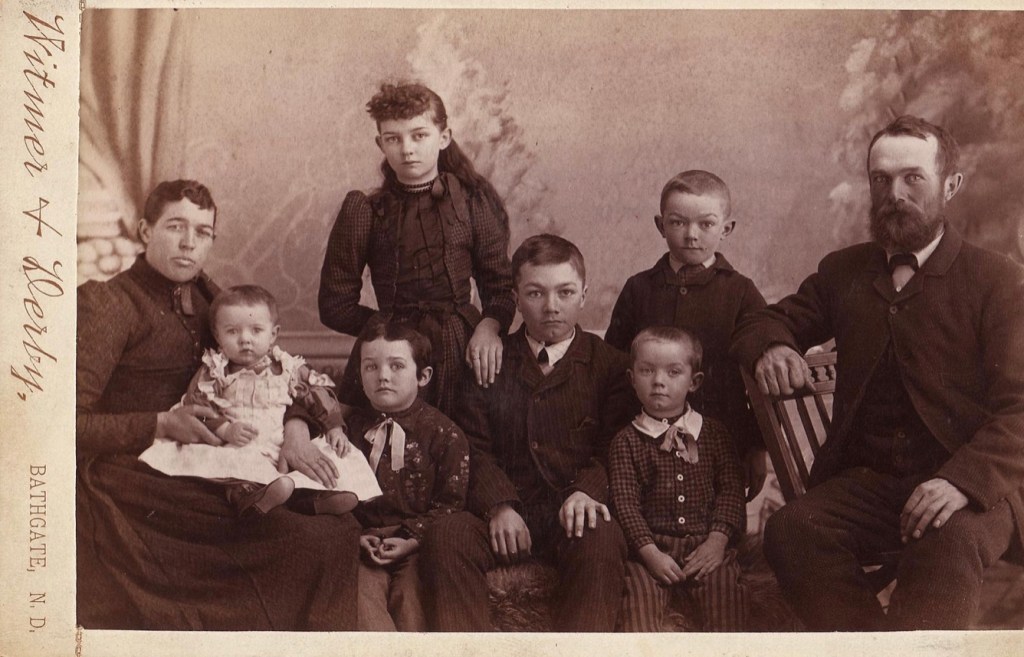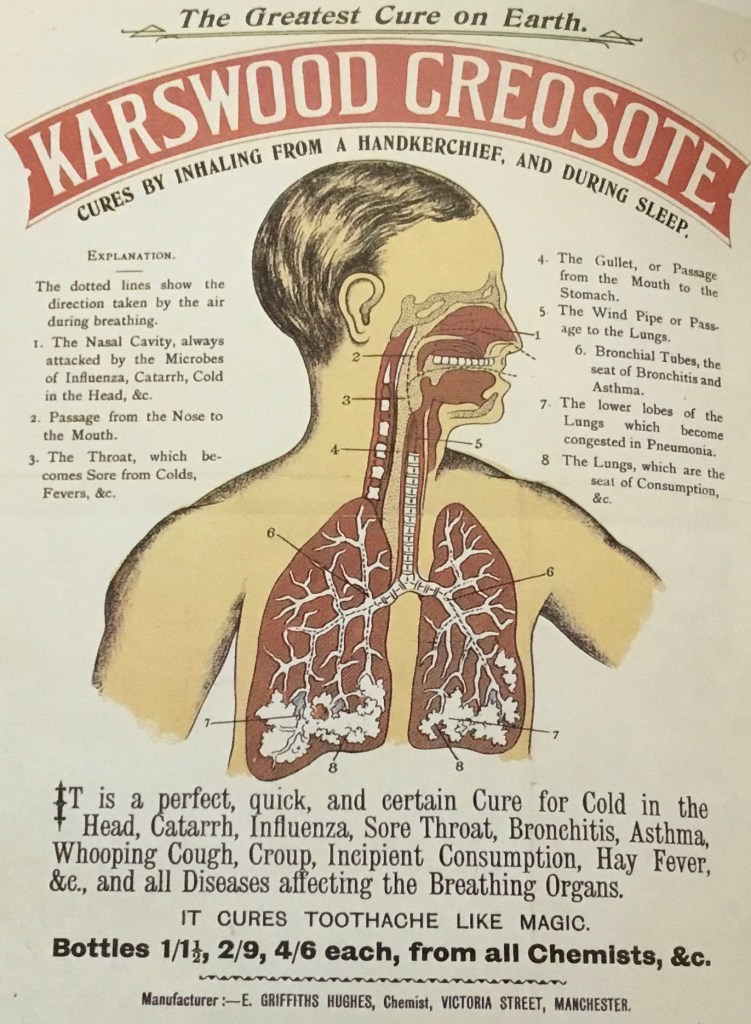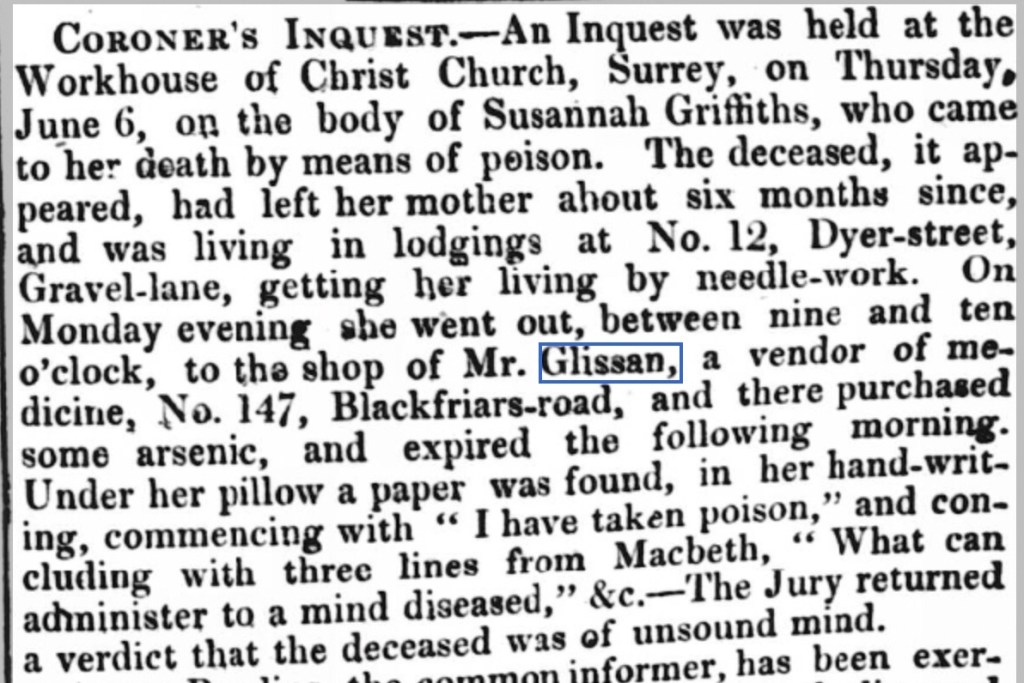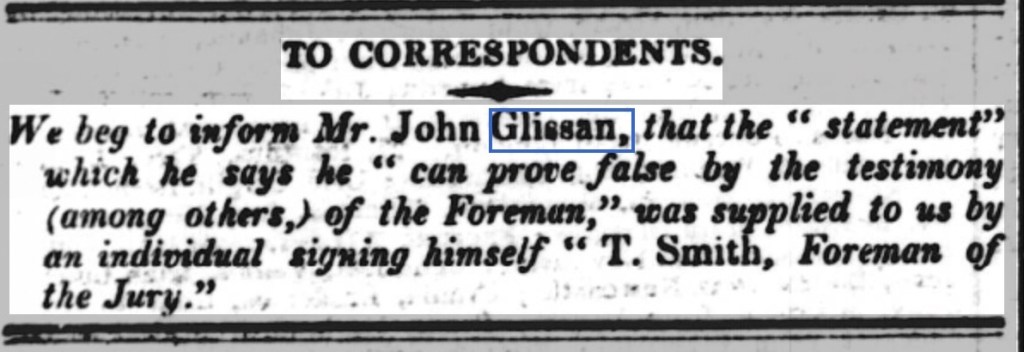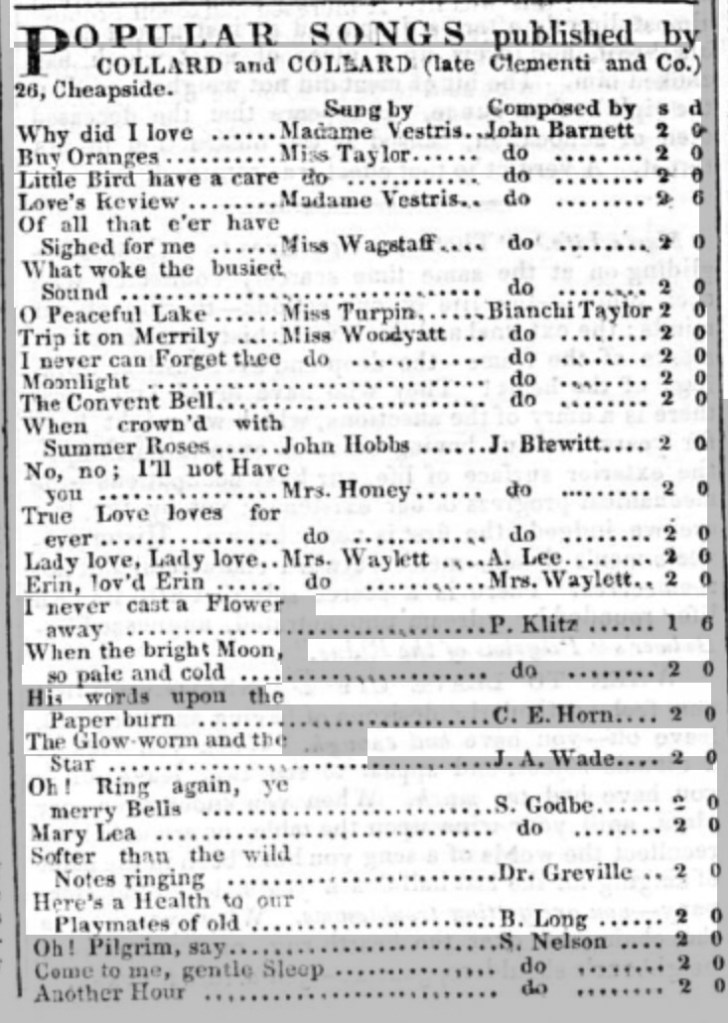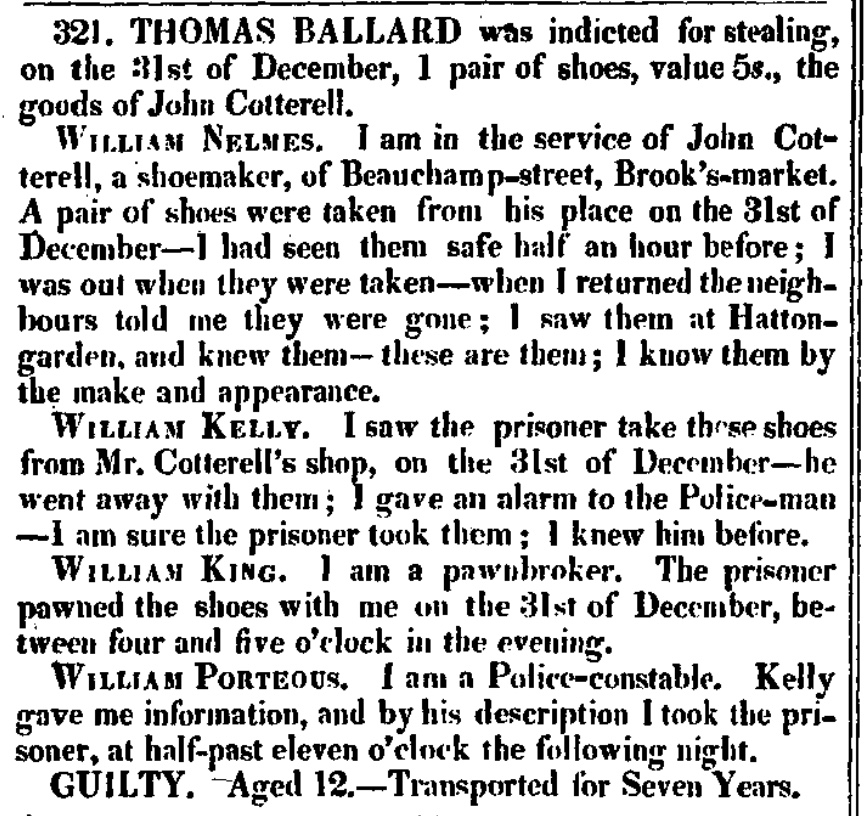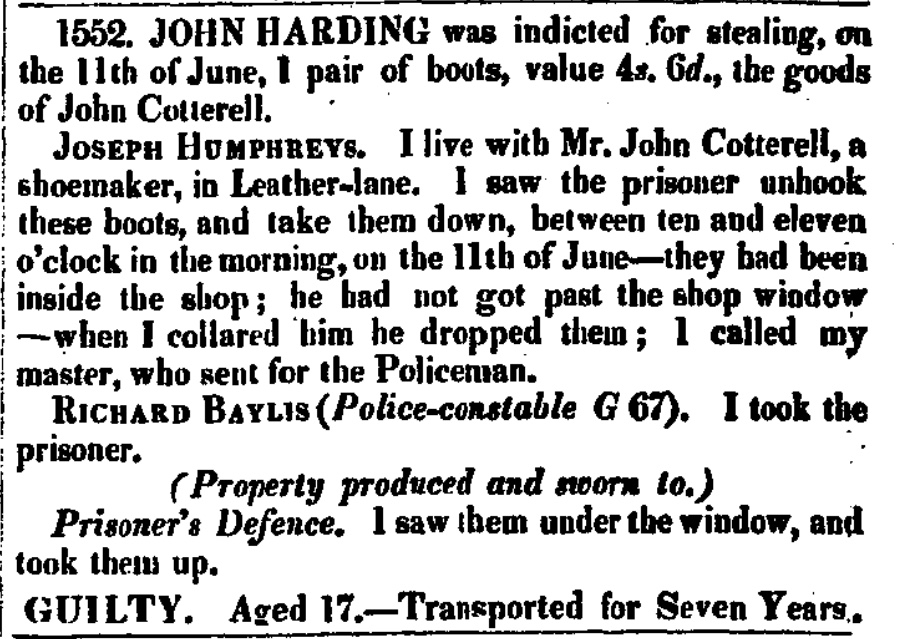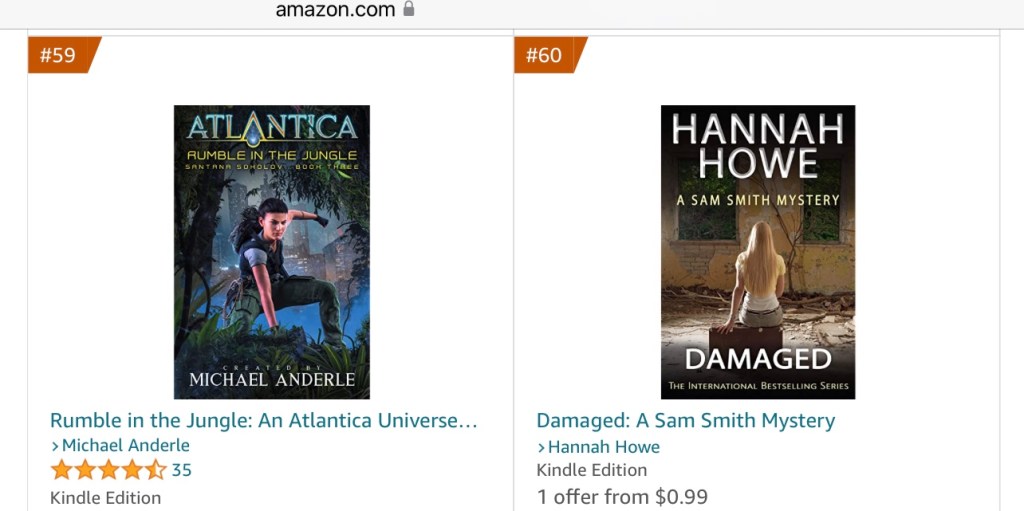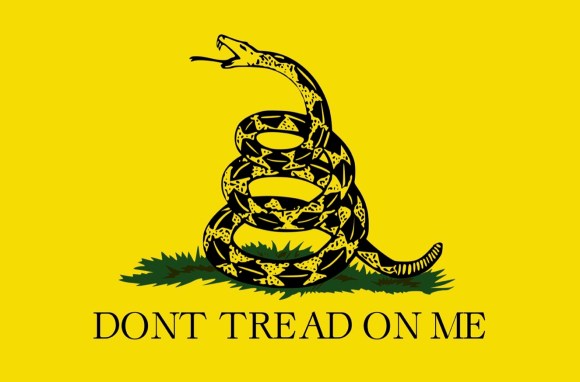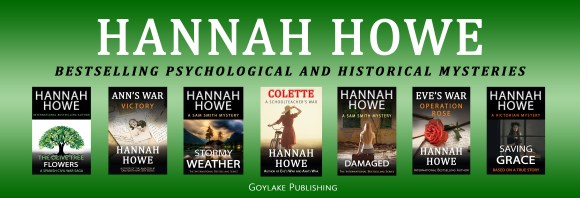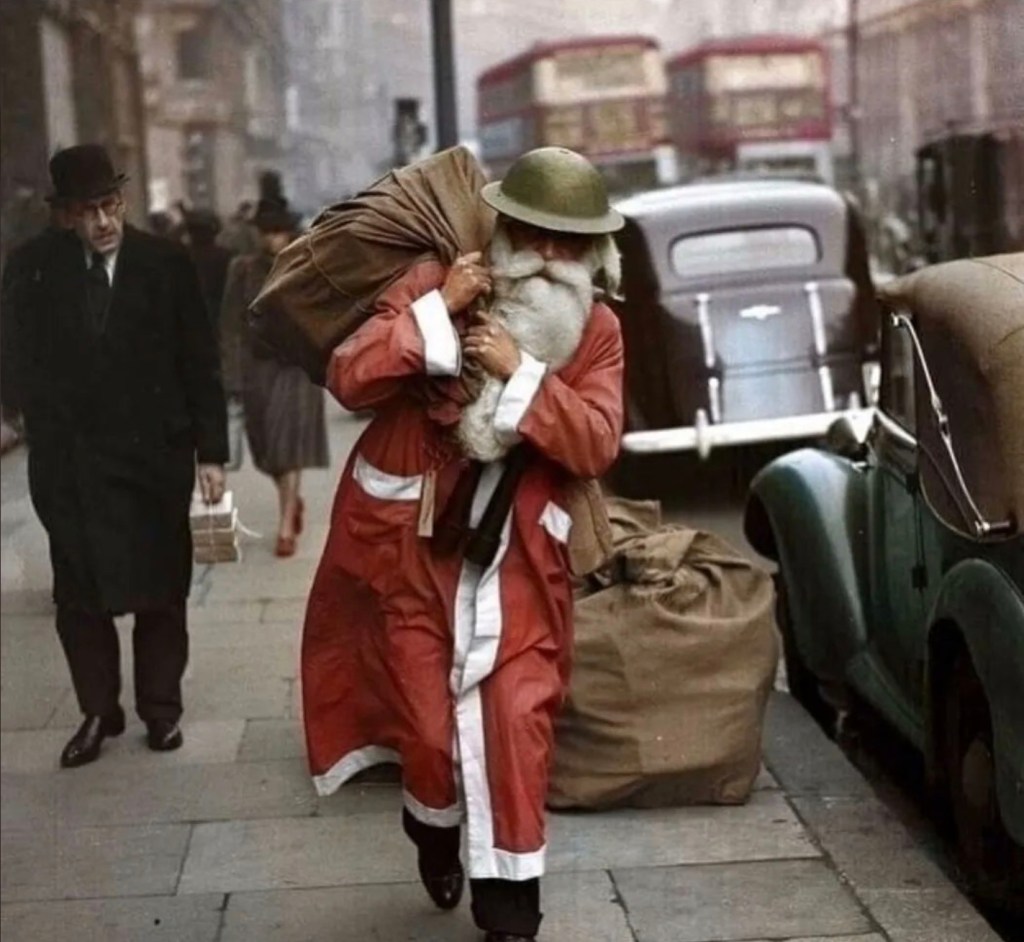Dear Reader,
My latest translation, the Italian version of Operation Broadsword, Eve’s War Heroines of SOE, book three.

This week, I started rewatching The Rockford Files. Most of the regular cast appeared in the pilot, including Stuart Margolin as Angel. Jamie Farr of M*A*S*H was considered for the part, and would have done a fine job, but Stuart Margolin made it his own. He portrayed the character so well with just the movements of his eyes. Around this time Margolin also featured in an episode of M*A*S*H.
The answering machine messages at the start are iconic. In the pilot, Luis Delgado (who appears as ‘himself’ in a marriage scene later in the episode) said, “Billings, L.A.P.D. You know, Thursday is Chapman’s 20th year, and we’re giving a little surprise party at the Captain’s. I think you should come. By the way, we need five bucks for the present…” Cue the equally iconic theme music…
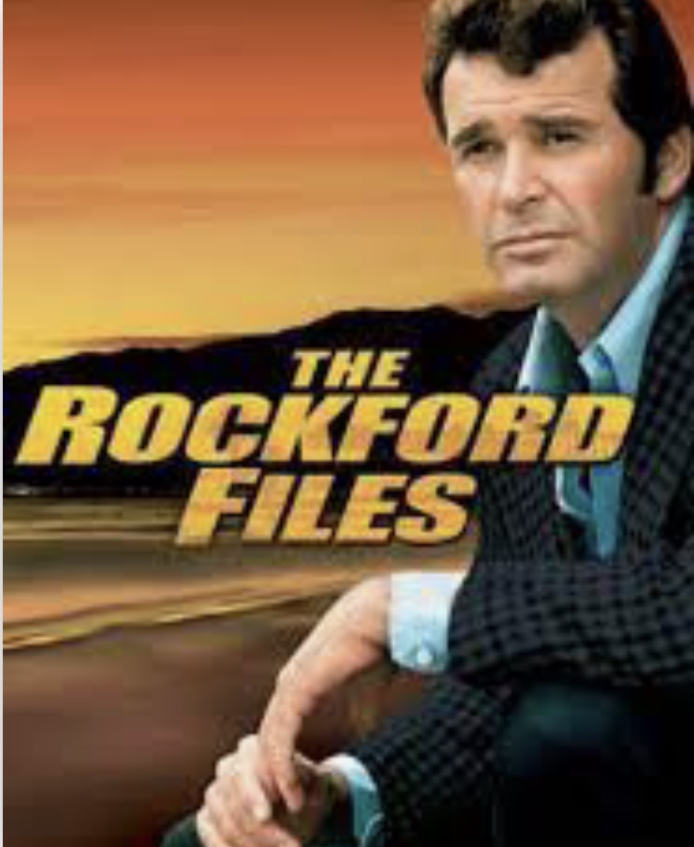
In this month’s issue of Mom’s Favorite Reads…
Writer and historian Mary W Craig interviewed by Wendy H Jones. Plus, Author Features, Health, Nature, Photography, Poetry, Recipes, Short Stories, Young Writers, Nature Photography Day, and so much more!
Do you have one of these, a Princess Mary Christmas Gift Box? As you can see, I have two, from both sides of my family, one in better condition than the other.
Each box was decorated with an image of Mary and other military and imperial symbols and typically filled with an ounce of tobacco, a packet of cigarettes in a yellow monogrammed wrapper, a cigarette lighter, and a Christmas card and photograph from Princess Mary. Some contained sweets, chocolates and lemon drops.
The boxes were distributed to all members of the British armed forces on Christmas Day 1914, although some servicemen had to wait until 1920.
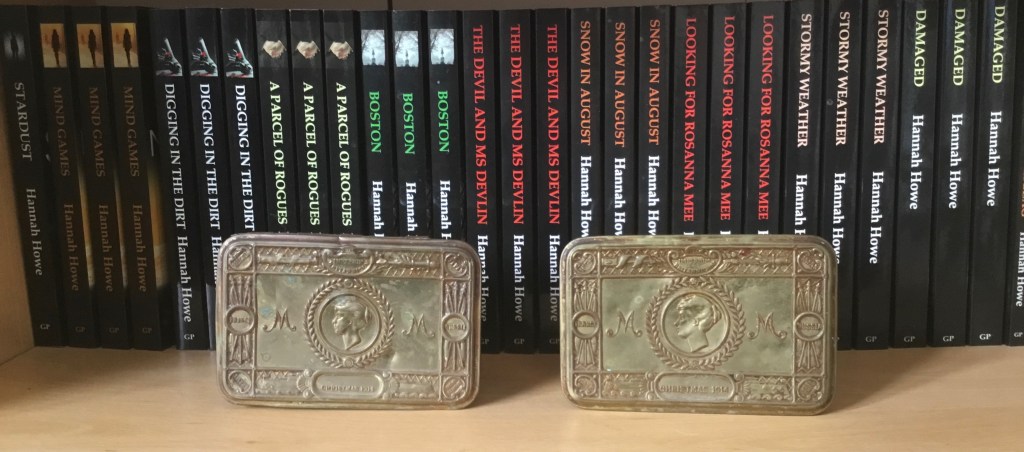
Most baptism records tend to be scrawled, but for some reason many in the West Country were recorded with a neat hand. Here’s the baptism record for my 5 x great grandfather, John Bick.

Many of my Bick ancestors were baptised in St Mary de Lode Church, Gloucester. It is believed that St Mary’s was built on the site of the first Christian church in Britain. Certainly, it was built on top of two Roman structures, possibly temples.

In honour of the Wales football team and their World Cup qualifying achievement, I intend to feature pen-portraits of past players on Twitter and my website. I will feature some ‘big names’, but the majority will be ‘unsung heroes’ from the 19th and 20th centuries.
I’m starting with Alf Sherwood because he used to visit my great grandmother. For more details, read on…
The son of Herbert Sherwood, a labourer and coal miner from Wiltshire, and Alice Maud Williams, a labourer’s daughter from Aberdare, Alfred Thomas Sherwood was born on 13 November 1923 in North View Terrace, Aberaman, a stone’s throw away from his hometown football club.
In 1939 Alf was an apprentice wagon painter. Then, during the Second World War, he was drafted into the coal mines to work as a ‘Bevin Boy’.
Scouts recognised Alf’s footballing prowess at an early age and he gained caps at youth level for Wales. He was also an accomplished cricketer.
In 1942, Alf joined Cardiff City from Aberaman Athletic. A wing-half at Aberaman, he switched to full-back at Cardiff. He was so impressive that he made that position his own for the rest of his career.
When the Football League returned for the 1946–47 season, Alf missed just one match for Cardiff City. That season the club gained promotion as champions of Third Division South. In the 1951–52 season, Alf was appointed club captain and under his leadership Cardiff City gained promotion to the First Division.
Alf’s senior international career began on his 23rd birthday in a match against England in the British Home Championship. The score: 3 – 0 to England. However, on 22 October 1955 in the British Home Championship match played at Ninian Park, as captain Alf led Wales to a famous 2-1 victory over England.
In total, Alf won 41 Welsh caps. He earned a reputation as ‘the king of the slide-tacklers’. Indeed, Stanley Matthews described him as “the most difficult opponent he ever played against.” Students of the game reckoned that Alf’s main qualities were outstanding pace, sound tackling and a wonderful positional sense.
Alf also served club and country as a stand-in goalkeeper. On 17 April 1954 in a match against Liverpool, he saved a penalty taken by Scottish international Billy Liddell, which ultimately condemned Liverpool to relegation.
After an illustrious career, Alf worked for the National Coal Board. He also worked as an insurance agent and during the course of this work he called on my great grandmother, Edith, to collect her monthly insurance premiums and chat.
Alf died on 12 March 1990.
You can read more player profiles here https://hannah-howe.com/sixty-four/
As ever, thank you for your interest and support.
Hannah xxx
For Authors
#1 for value with 565,000 readers, The Fussy Librarian has helped my books to reach #1 on 32 occasions.
A special offer from my publisher and the Fussy Librarian. https://authors.thefussylibrarian.com/?ref=goylake
Don’t forget to use the code goylake20 to claim your discount 🙂





